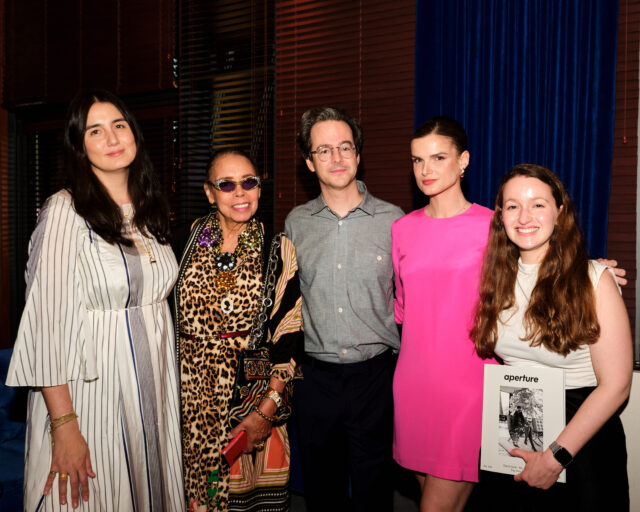Magazine Work
Is the history of Japanese photography also a history of magazine publishing? In the new issue of Aperture magazine, Tokyo-based curator Ivan Vartanian offers a look through the pages of the popular technical and erotically minded magazines of the ’60s, ’70s, and ’80s, revealing some the most significant photography produced during those decades. He writes, “In 1950, in the midst of Japan’s postwar economic recovery, the Ricohflex III premiered on the market. The world’s first mass-produced twin-lens reflex camera was met with phenomenal sales and catalyzed what would become a prolonged boom market for cameras. Magazines like Asahi Camera (1949–present) and Camera Mainichi (1954–85) emerged to educate this new demographic of photo-enthusiasts. While the bulk of content consisted of articles on technique, equipment reviews, and pictures submitted by amateur snappers, these magazines also published some of the most important photography of postwar Japan. Editorial stories by Shomei Tomatsu, Kishin Shinoyama, Daido Moriyama, Yutaka Takanashi, and Issei Suda may not have driven sales, but these photographers effectively challenged established ideas about the nature of the medium. Through their work, they argued that photography had the power to provoke thought and possibly exceed written language in its capacity to communicate.” Here we feature a selection of images from Asahi Camera , Camera Mainichi, and Shashin Jidai (1981-87), which is also discussed in the article. This excerpt originally appeared in Aperture magazine #219, and also appears in Issue 9 of the Aperture Photography App.

























